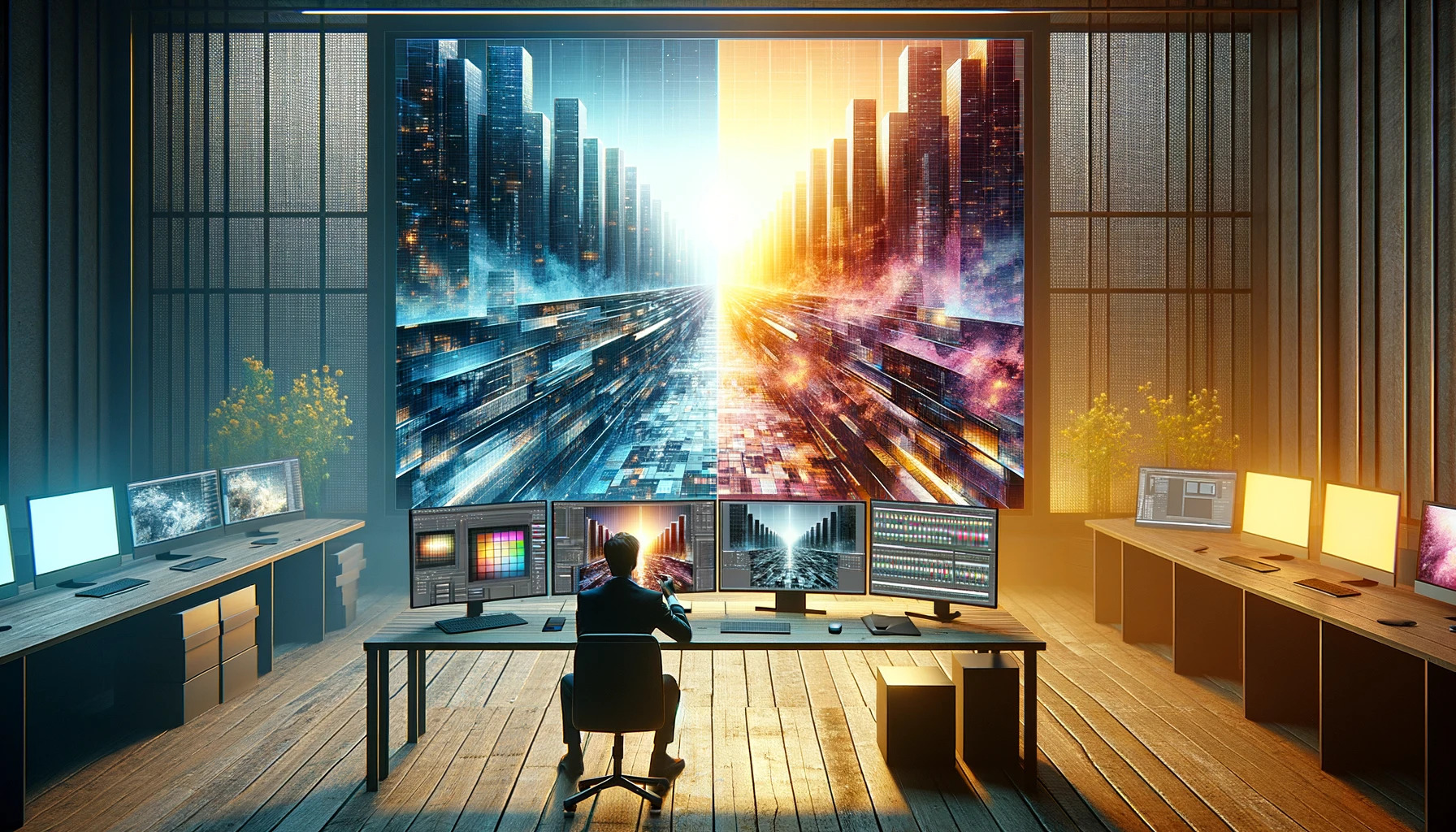When to Upscale Images and When to Redesign
By Christopher
Published March 11, 2024
 When to Upscale Images and When to Redesign
When to Upscale Images and When to Redesign
In the visually driven world of digital media, the quality of your images can make or break the audience's engagement with your content. Whether you're a designer, a marketer, or a content creator, knowing when to upscale images and when to opt for a complete redesign is crucial for maintaining visual integrity and effectiveness. This decision can impact not only the aesthetic appeal of your images but also the loading times and SEO rankings of your websites or platforms. Let's dive into the nuances of making this choice, keeping in mind the upscale image size optimization and the upscaling challenges and solutions that come with it.
Understanding Image Upscaling
Upscaling refers to the process of increasing the resolution of an image to make it larger without significantly compromising its quality. It's a go-to solution when you need an image to fit a larger space while retaining clarity and detail. However, upscaling vector images comes with its own set of challenges, primarily because vector images scale differently from raster images. Vector images can usually be scaled without loss of quality, making them more flexible in upscaling scenarios.
When to Upscale Images
- For Printing Purposes: When an image is intended for print, upscaling can help achieve the required DPI (dots per inch) for a clear print output.
- Digital Use on Larger Screens: With the variety of screen sizes available today, upscaling for different platforms ensures that your images look sharp and clear across all devices.
- When Original High-Resolution Files Are Unavailable: Sometimes, the original high-resolution files are lost or not available. Upscaling can be a lifesaver in these scenarios.
Upscaling Challenges and Solutions
Upscaling is not without its challenges. Pixelation, loss of detail, and increased file size are common issues. Fortunately, modern AI-driven upscaling techniques offer solutions to these problems, preserving details and minimizing quality loss. Upscale image size optimization is also critical; it ensures that the upscaled images do not negatively impact your website's loading times.
Opting for a Redesign
There are instances when simply upscaling an image won't suffice, and a complete redesign becomes necessary.
When to Redesign
- Outdated Visual Elements: Trends in design evolve, and what looked modern a few years ago might now seem dated. A redesign can refresh your visuals to align with current trends.
- Rebranding: If your brand undergoes a rebranding, updating all visual elements to reflect the new brand identity is essential.
- Quality Loss Is Unacceptable: If upscaling results in a significant quality loss that cannot be mitigated, redesigning the image or graphic from scratch is the best route.
Redesign Advantages
- Tailored to Specific Needs: A redesign allows you to tailor the visual elements precisely to your current needs, whether it's a specific resolution, aesthetic, or branding requirement.
- Future-proofing: By redesigning images according to the latest standards and formats, you're future-proofing your content for upcoming platforms and technologies.
- Originality and Uniqueness: A redesign can provide your visuals with a unique touch that stands out, offering a competitive edge in crowded digital spaces.
Making the Decision: Upscale or Redesign?
To decide whether to upscale an image or go for a redesign, consider the following factors:
- Purpose of the Image: If the image is crucial for brand identity or marketing, investing in a redesign might offer better ROI.
- Budget and Resources: Upscaling is generally less resource-intensive than a complete redesign. Assess your budget and resources to make an informed decision.
- Time Constraints: If you're under tight deadlines, upscaling can be a quicker solution. A redesign, while more time-consuming, could provide long-term benefits.
- Quality Requirements: For high-quality print materials or large displays, a redesign might be necessary to meet the required standards without compromise.
Conclusion
In the dynamic landscape of digital media, the decision to upscale images or opt for a redesign hinges on multiple factors, including the intended use of the image, available resources, and quality requirements. Understanding the nuances of upscaling vector images, the challenges and solutions related to upscaling, and the benefits of upscale image size optimization can guide you in making informed decisions that align with your visual content goals. Whether you choose to upscale for efficiency or redesign for uniqueness, the key is to ensure that your visuals remain impactful, engaging, and aligned with your brand's identity across all platforms.